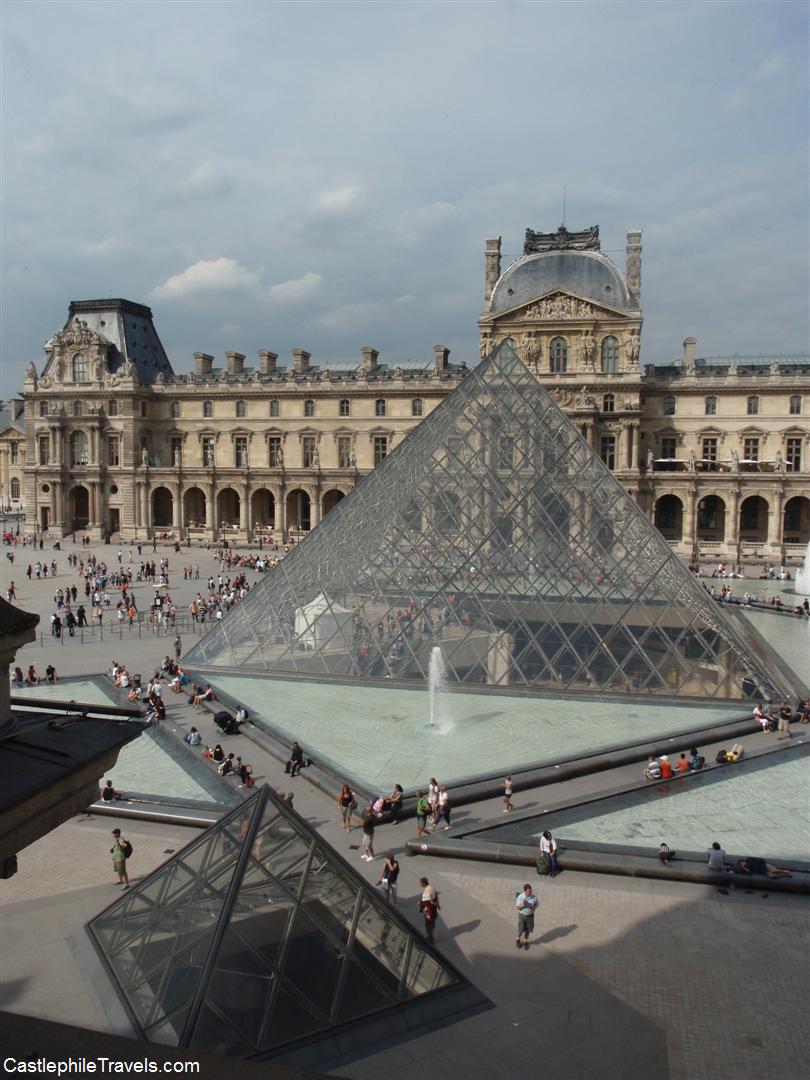
You would think that on my third visit to the Louvre in as many years, I would know my way around, right?
Wrong!
While the aim of this visit was to see the apartments of Napoleon III, I ended up walking around the same halls and corridors and seeing the same exhibitions that I had on my previous visits, and no matter what I tried, I couldn’t find a way to escape them.
Being drawn to the Denon Wing
Perhaps the Louvre has a special funneling system that makes sure all of its visitors end up heading for the Denon wing, or perhaps the Denon wing simply has a more prominent entrance than the Richelieu and Sully wings. Whatever the reason is, I always find myself walking straight over to the Denon wing’s security line when in the Hall Napoléon.
The Greco-Roman sculptures are among the first items that I seek out. From the masterpieces of the Venus de Milo, Psyche and Cupid, and the Winged Victory proudly standing at the top of the flight of stairs, to the lesser known but just as inspiring works, I find myself wondering about the reasons why the sculptor chose the particular design, and whether they modelled it after a real person or from their imagination. It’s easy to tell which are my favourites – it seems I’ve taken photos of the same statues each time I’ve visited (at least my taste in sculpture is consistent)!
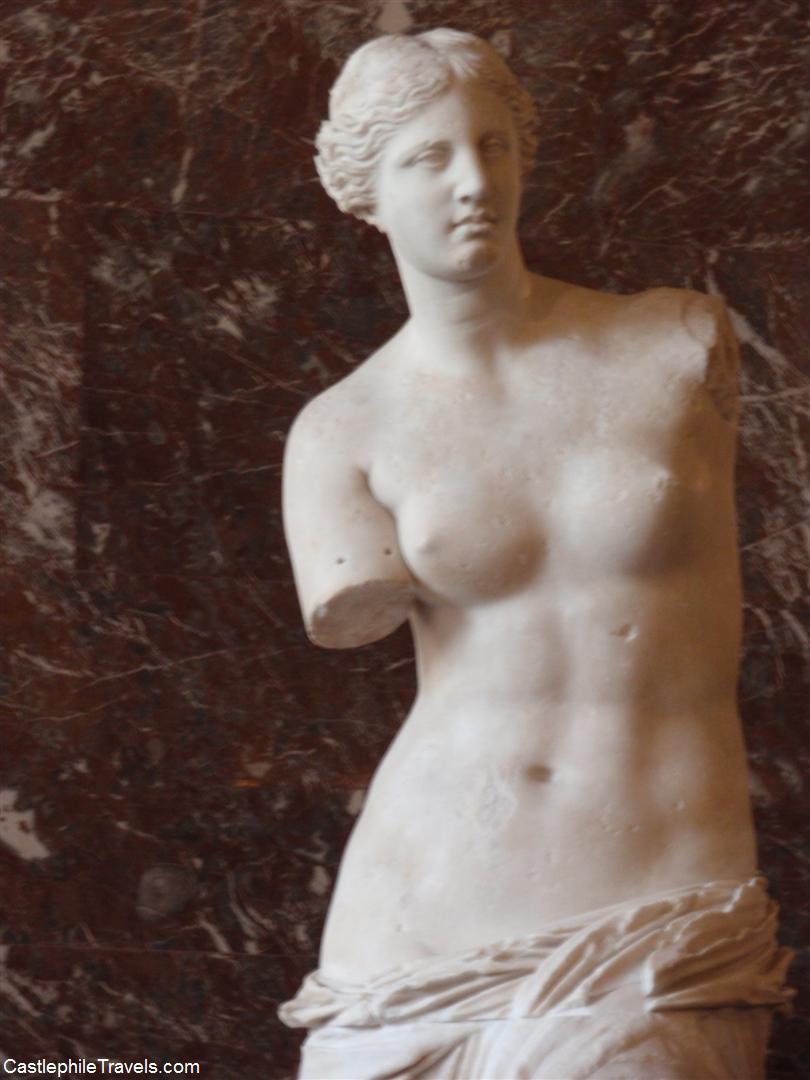
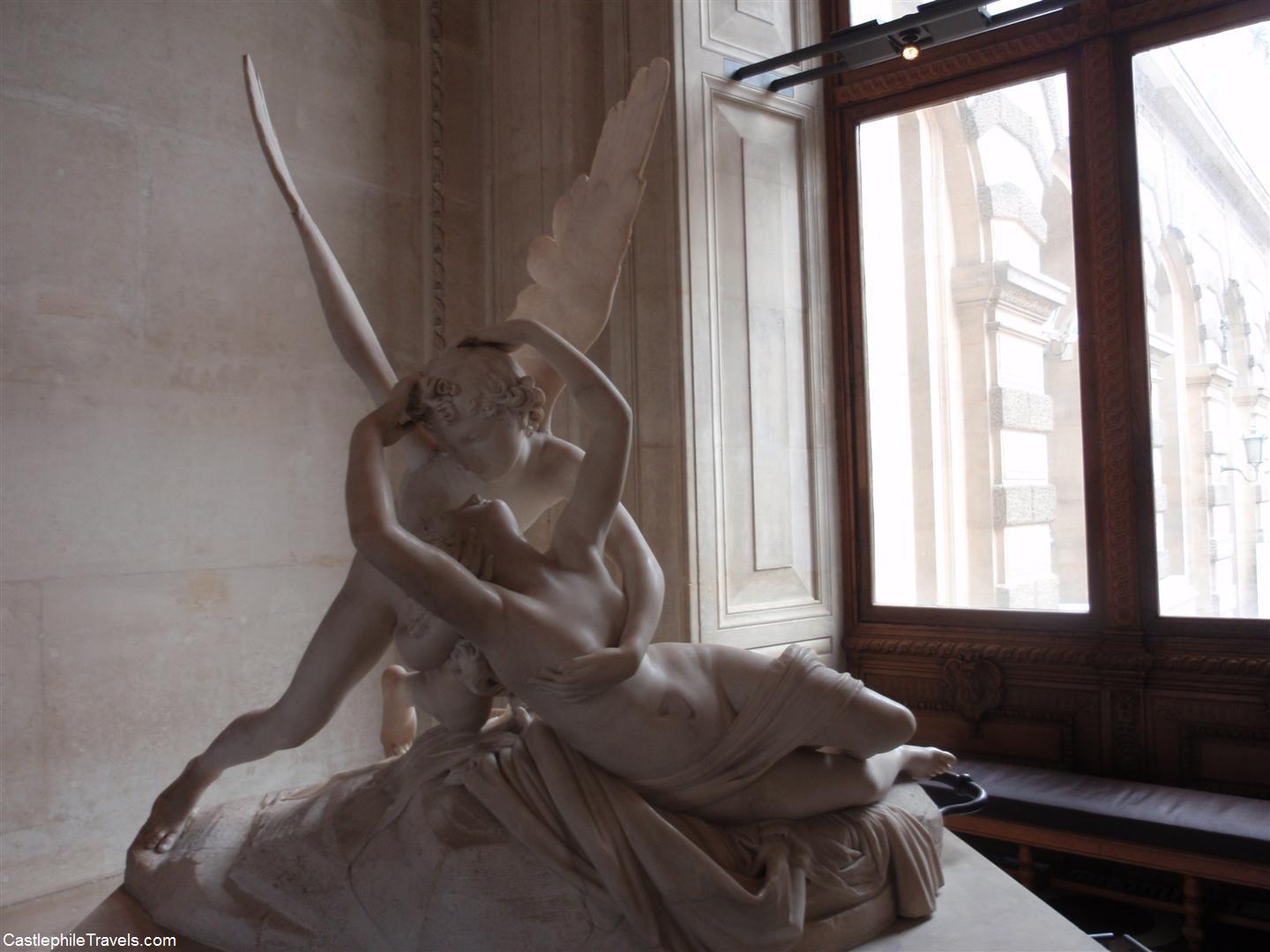
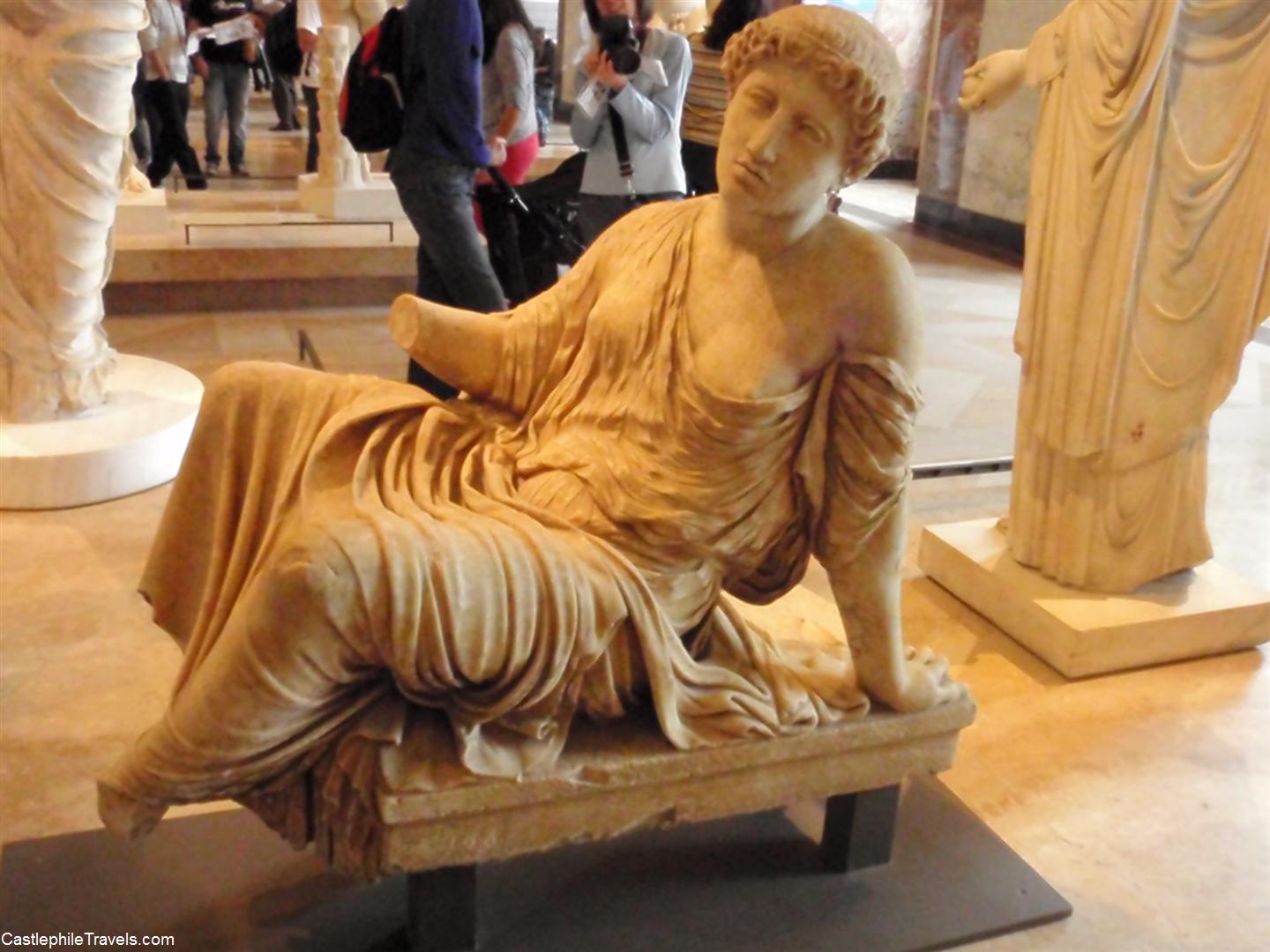
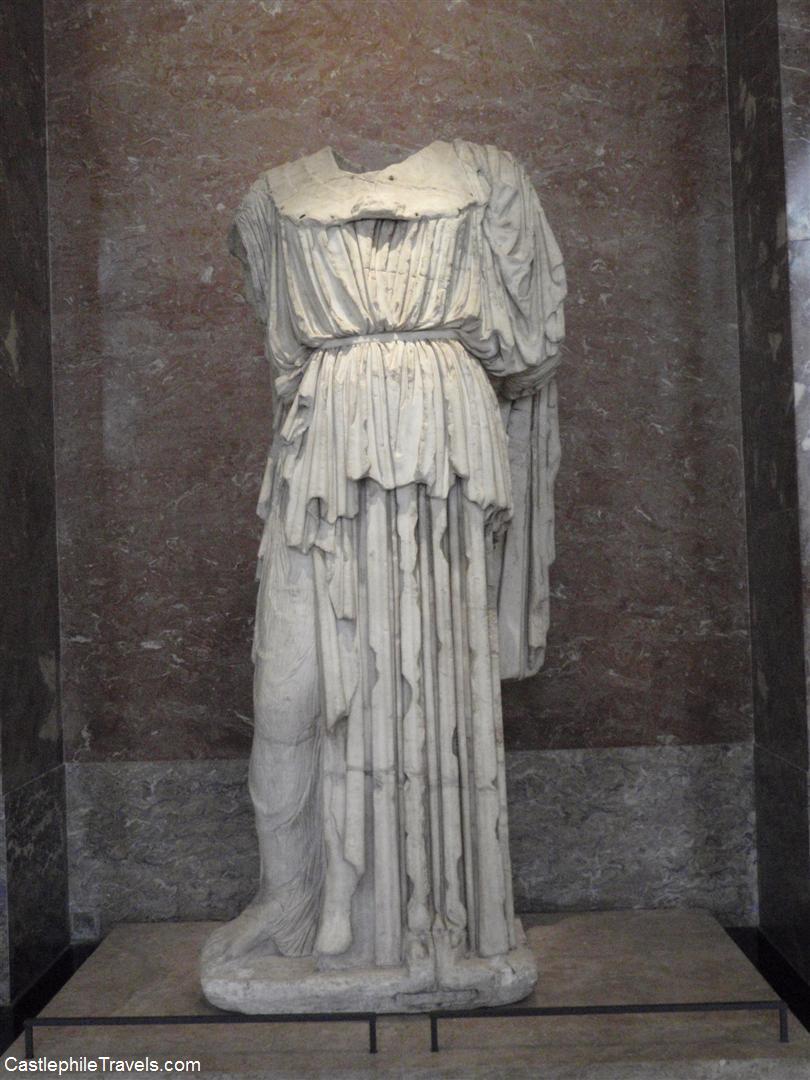
The Galerie Daru, a hallway lined with Roman sculptures, always takes my breath away when I first see it. Ancient gods and goddesses, emperors, warriors, and muses look out unblinkingly as visitors make their way from the sculpture exhibit, past the Winged Victory of Samothrace and upstairs to the rooms of French and Italian Renaissance art.
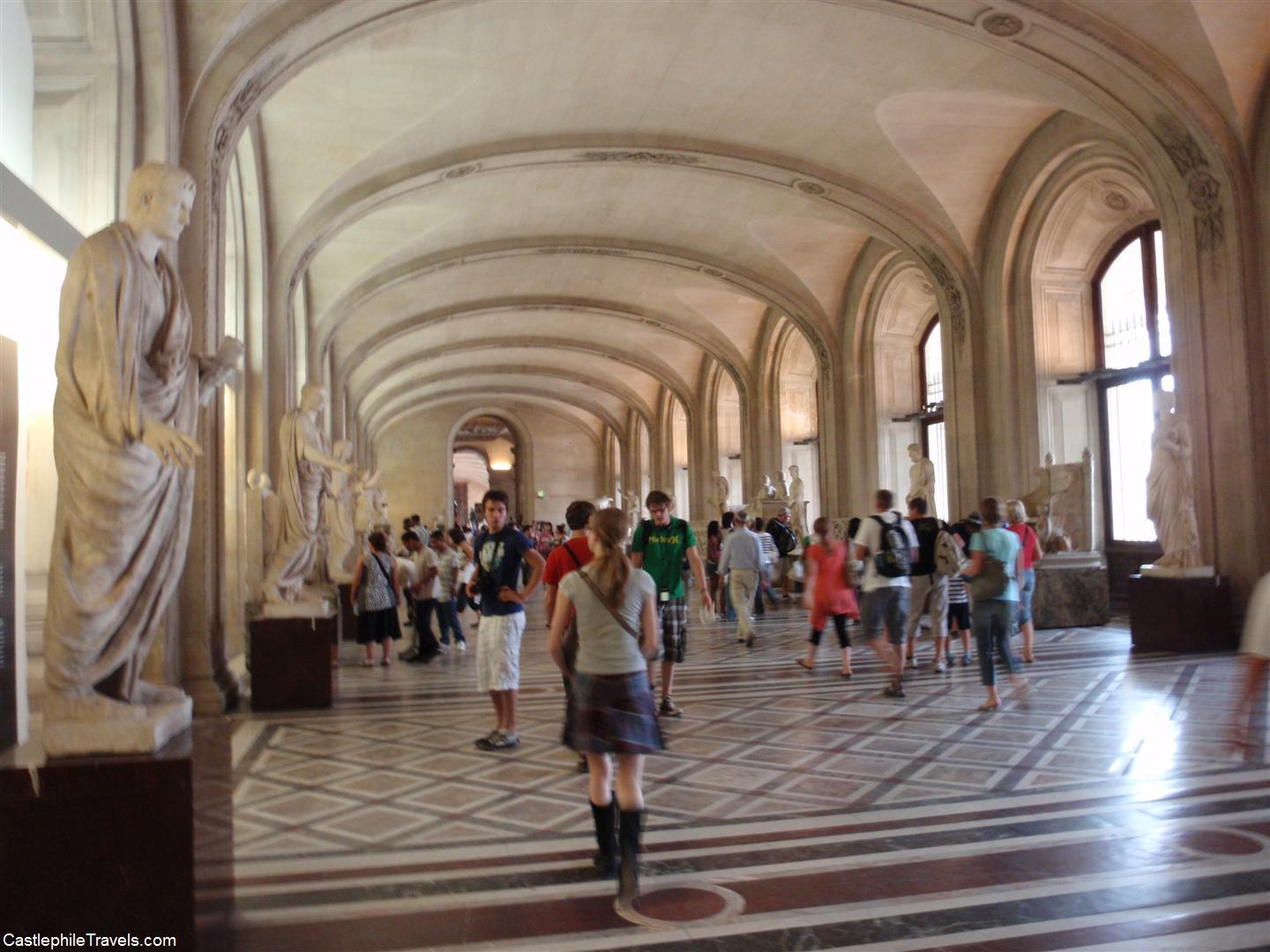
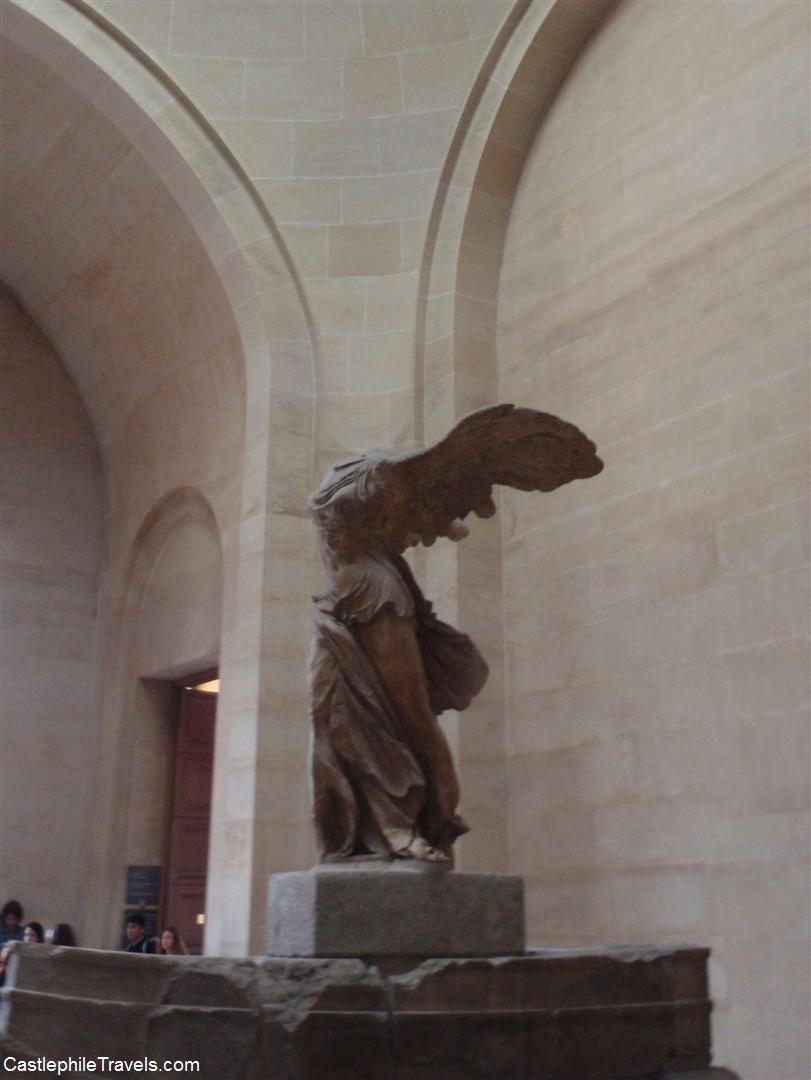
Here you’ll find one of the most crowded areas in the Louvre. Jostling for space in a crowd forty people deep, cameras held over their heads, everyone is here for one reason: to get a picture of a rather small painting by Leonardo da Vinci – the Mona Lisa.
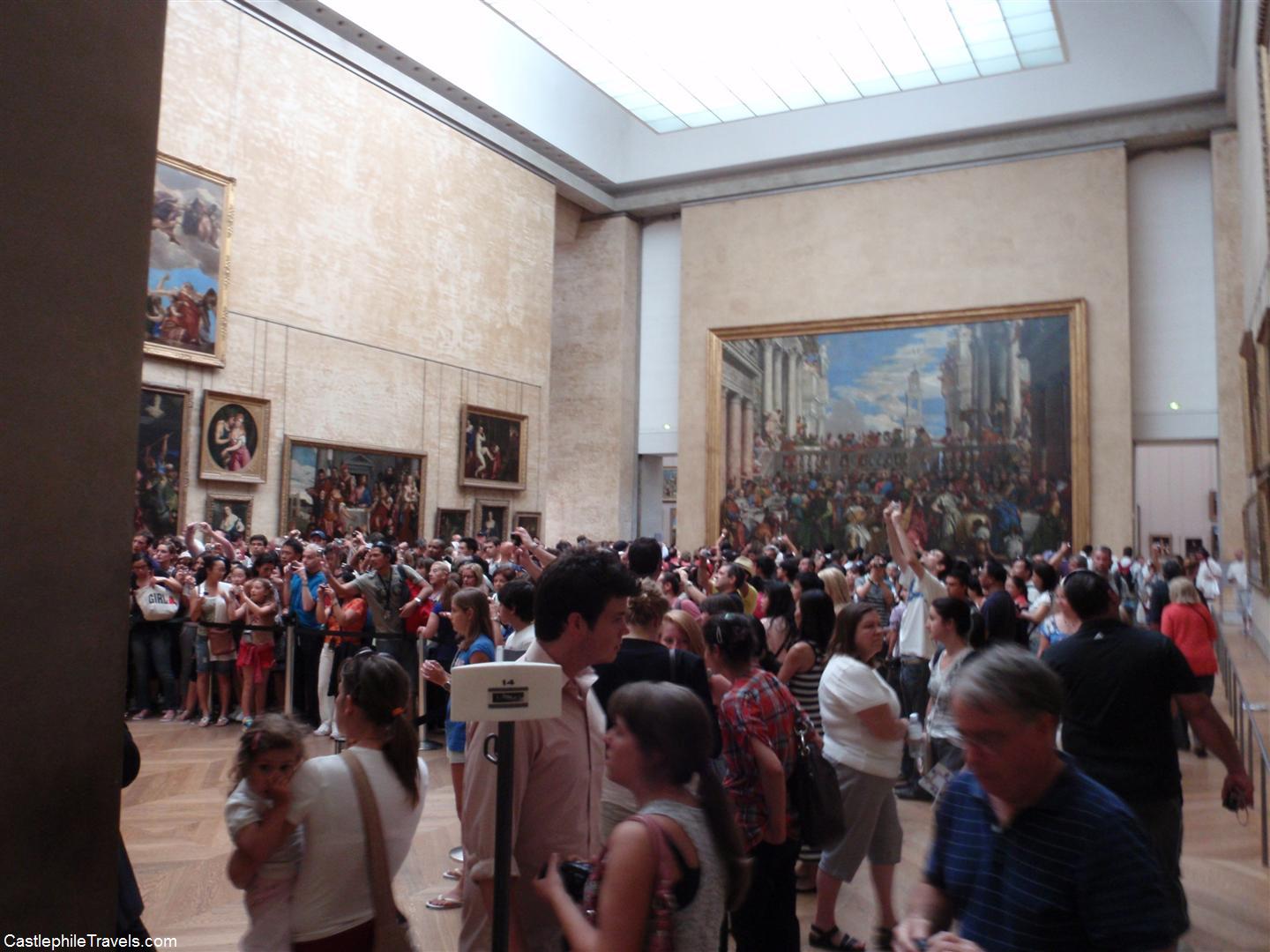
I’ve accepted that I’m not going to be able to take a decent photo of the Mona Lisa. My camera work is not good at the best of times, and here you’re not only battling against the other hundred people trying to take their own photos, but you’re trying to shoot through the protective perspex covering of the painting, which reflects not only the museum’s lights but the red lights from the cameras (and when I think about it, do I really need my own photo of the Mona Lisa when there are plenty of art books, prints and Internet images that are of far better quality?).
Though you might not get enough time to stand in front of the painting and fully appreciate it, it’s still quite special to see.
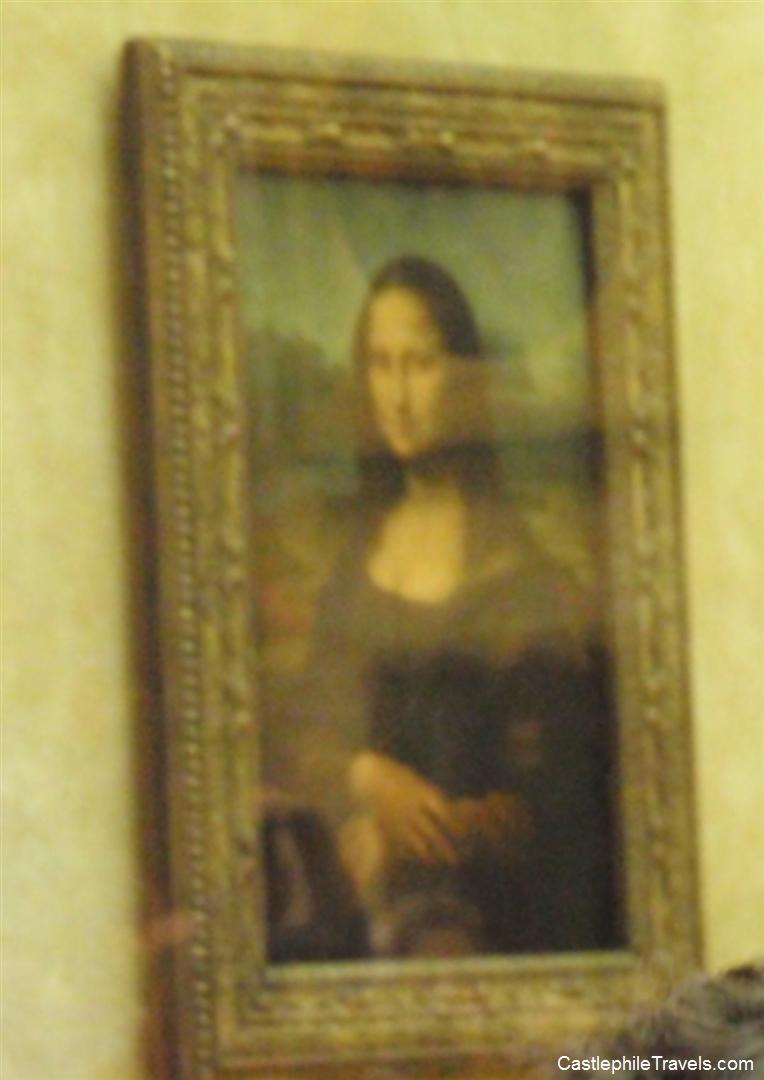
In the hall behind the Mona Lisa were more paintings that I recognised, mostly from my high school French history textbooks. It’s a surreal feeling to look at these paintings in person, to see Eugène Delacroix’s Lady Liberty leading the French, Napoleon struggling against the cold on his campaign to expand his empire, and the coronation of him and his Empress, Josephine.
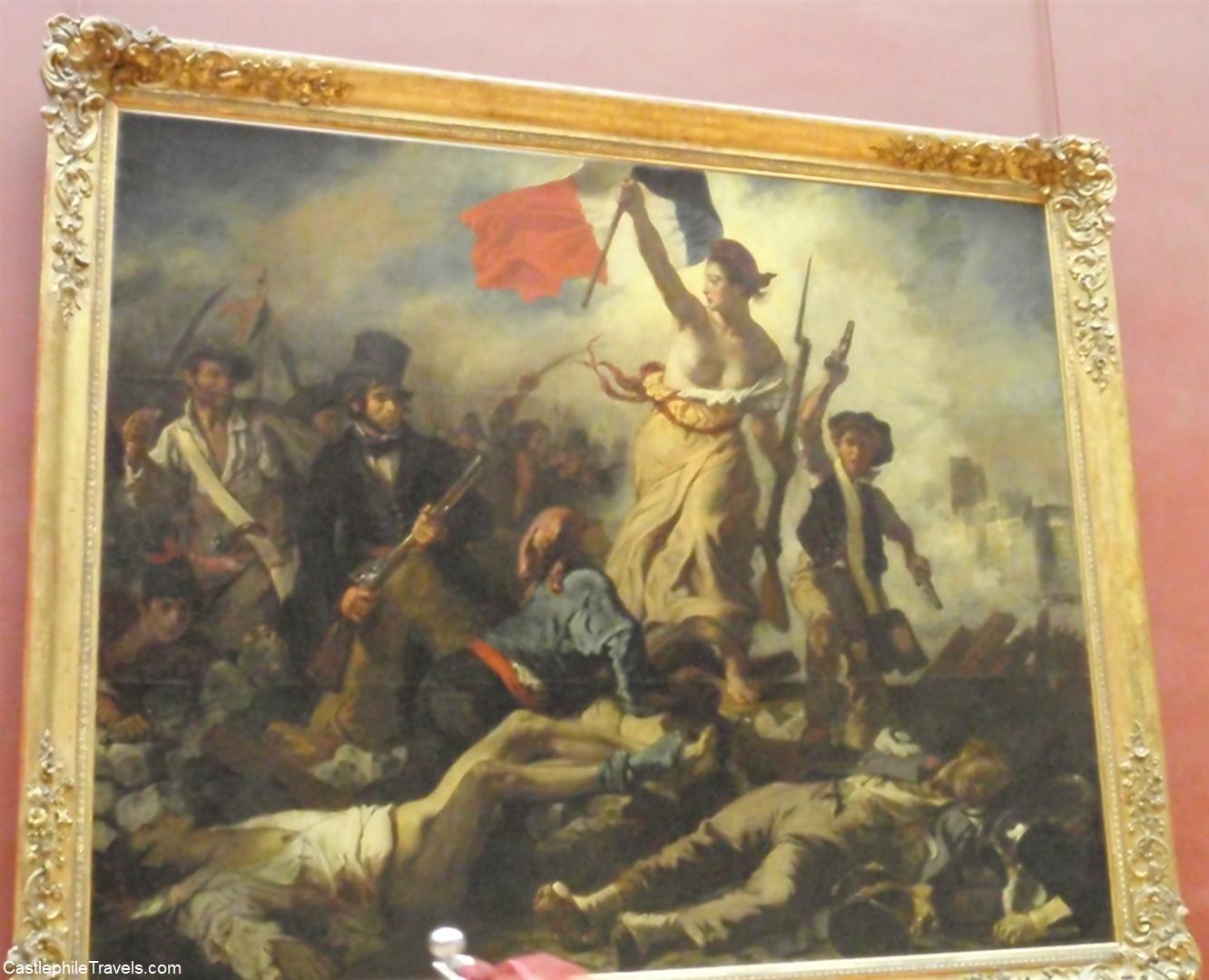
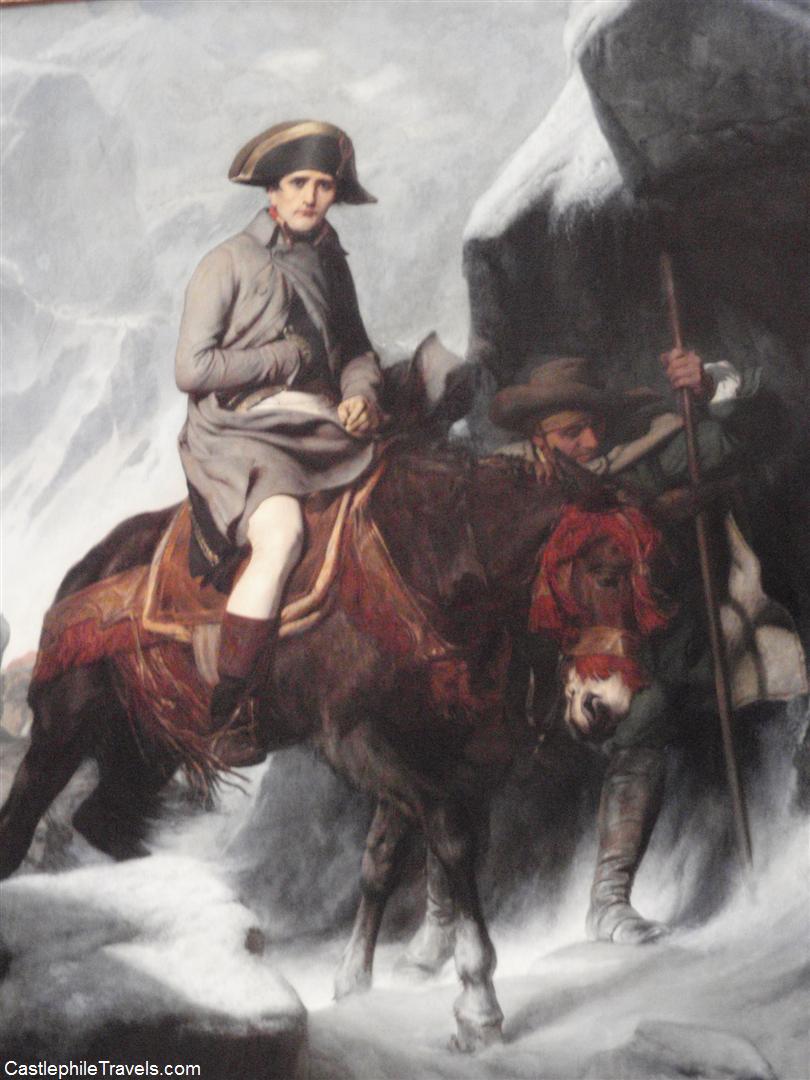
Here is where I always get stuck. The Denon wing does not have a second floor, so I usually turn back and go down past the Winged Victory, through the Greek and Roman statues, back out to the Hall Napoléon, and up the spiral staircase to the exit, always thinking is that all there is to the Louvre?
There’s more to the Louvre than the Denon Wing!
I didn’t realise this until my parents told me about how they had visited Napoleon III’s Apartments in the Louvre. How had I missed out on those? And why hadn’t I found them in my previous wanderings around the Louvre?
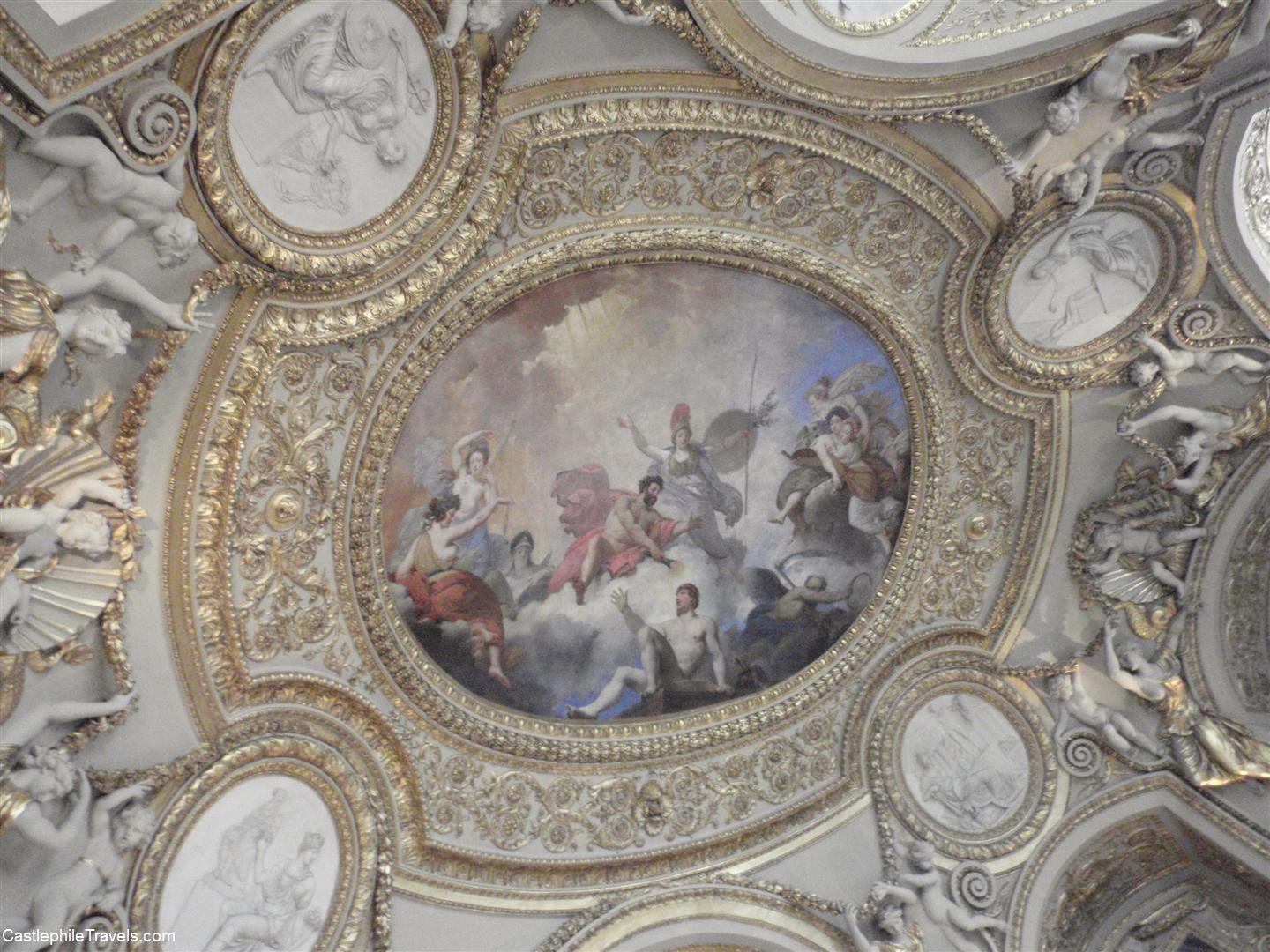
Why did the Louvre feel like a labyrinth when it was clearly segmented into three U-shaped levels? I’m blaming it on being a natural blonde, but somehow my habit of heading straight to the Denon wing had made me forget that there were two other wings in the Louvre. I realised this after studying the map for a while, and asking myself why it was that no matter how many stairs I climbed up and down, I never got away from the Mona Lisa and those omnipresent Roman statues.
Feeling sheepish, I walked back out into the Hall Napoléon, and searched for the entrances to the Sully and Richelieu wings, to find out what surprises they had in store for me.
Finding traces of the original Louvre in the Sully wing
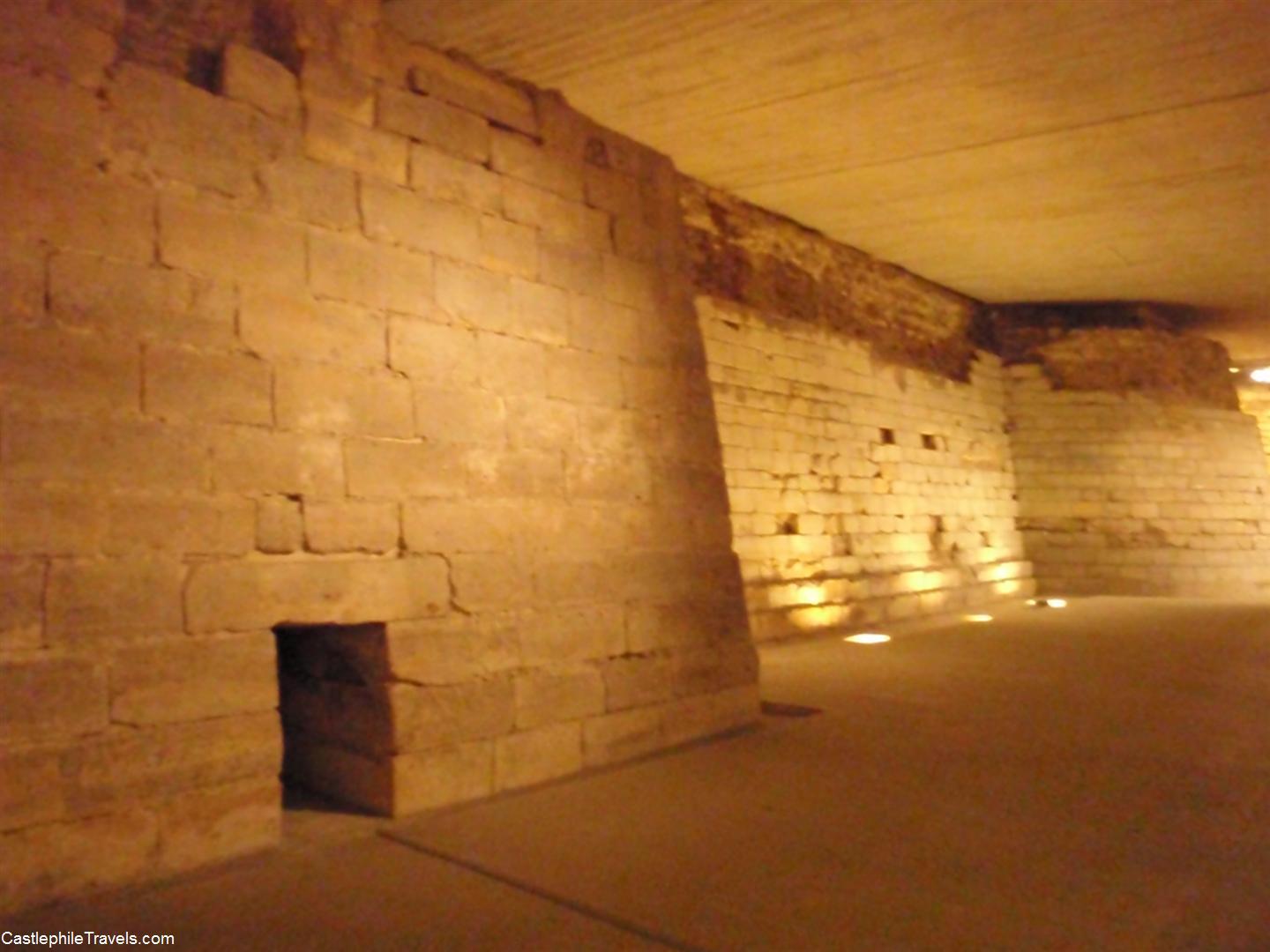
The Louvre was originally built in 1190 as a fortress during the rule of Philippe Auguste, to protect the city against the Normans. The fortress stood until the 16th century, when François I began transforming it into the palace you see today.
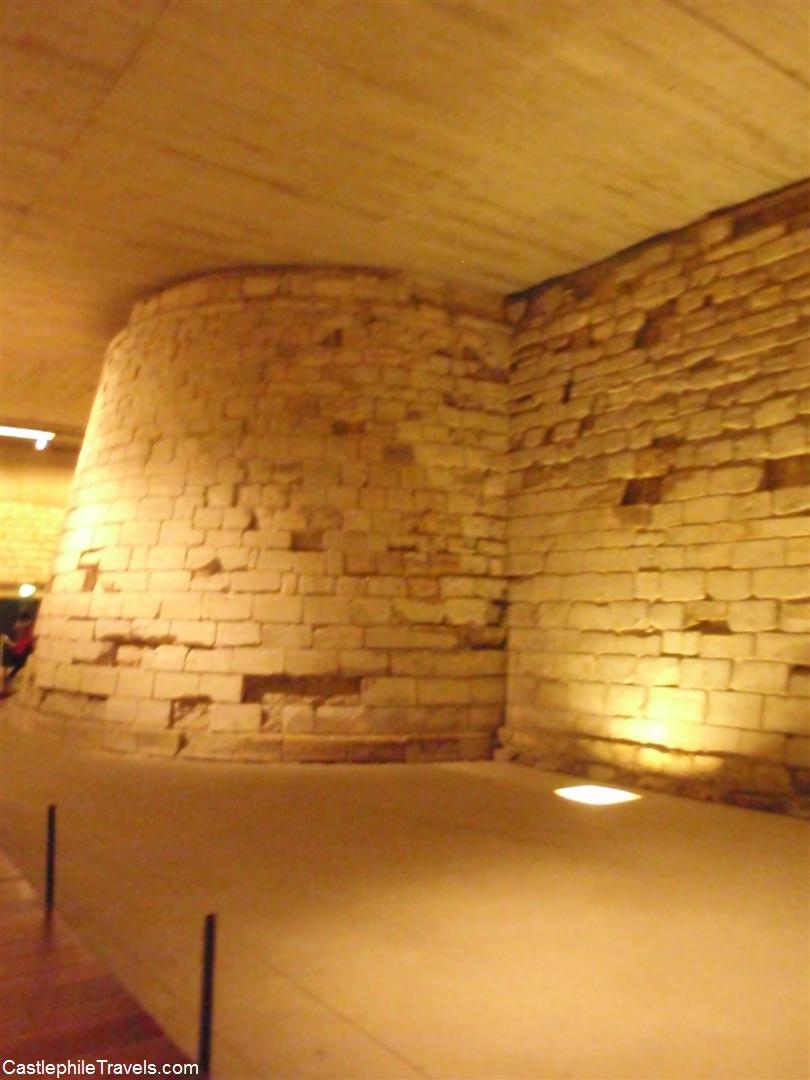
You can view the medieval foundations of the fortress on the lower ground floor of the Sully wing which were uncovered during the 1980s. As I walked around the walls, moat and remnants of the towers, I found it surreal to think of how old and yet well preserved the fortifications were.
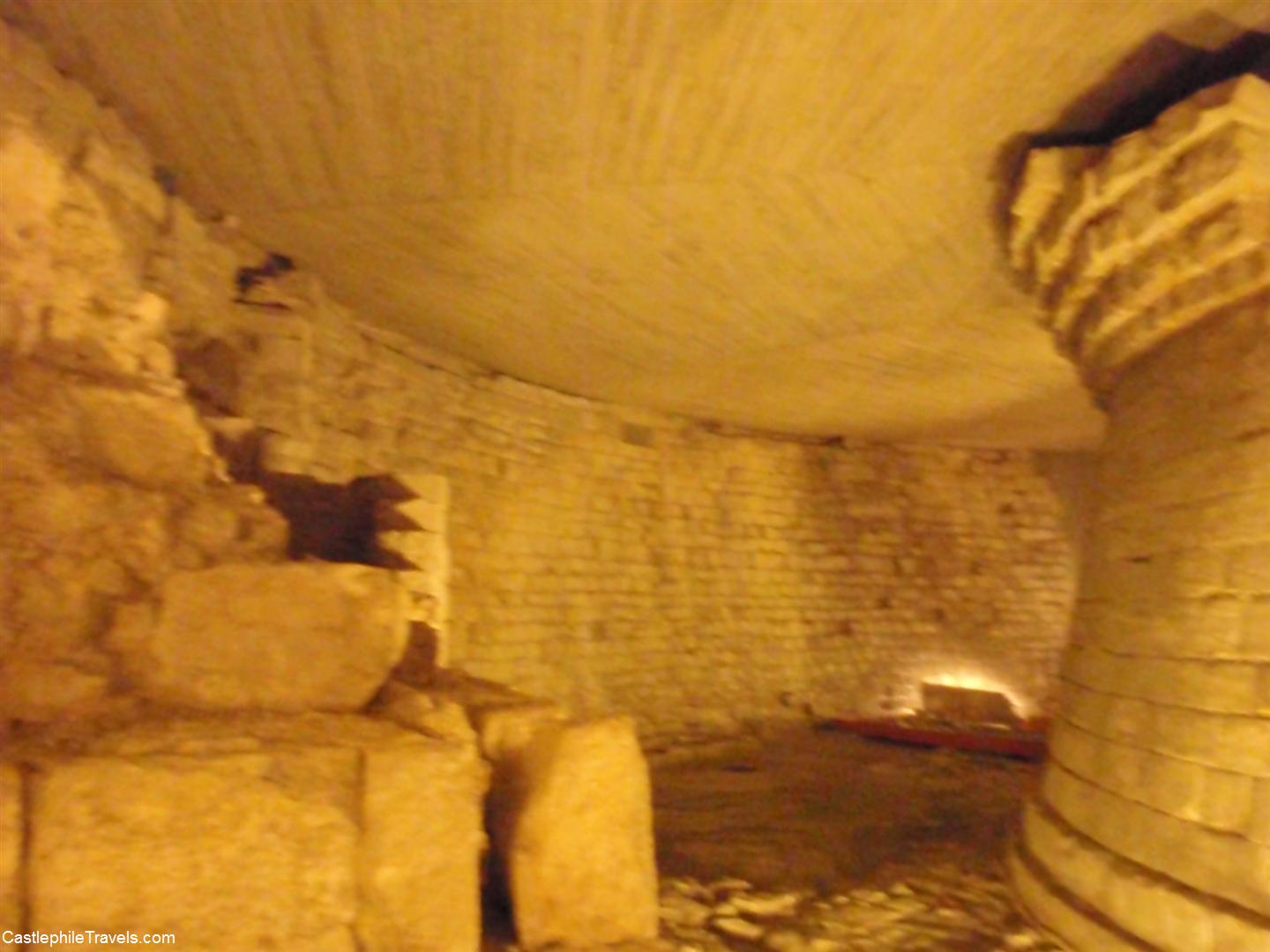
… and Napoleon III’s apartments in Richelieu
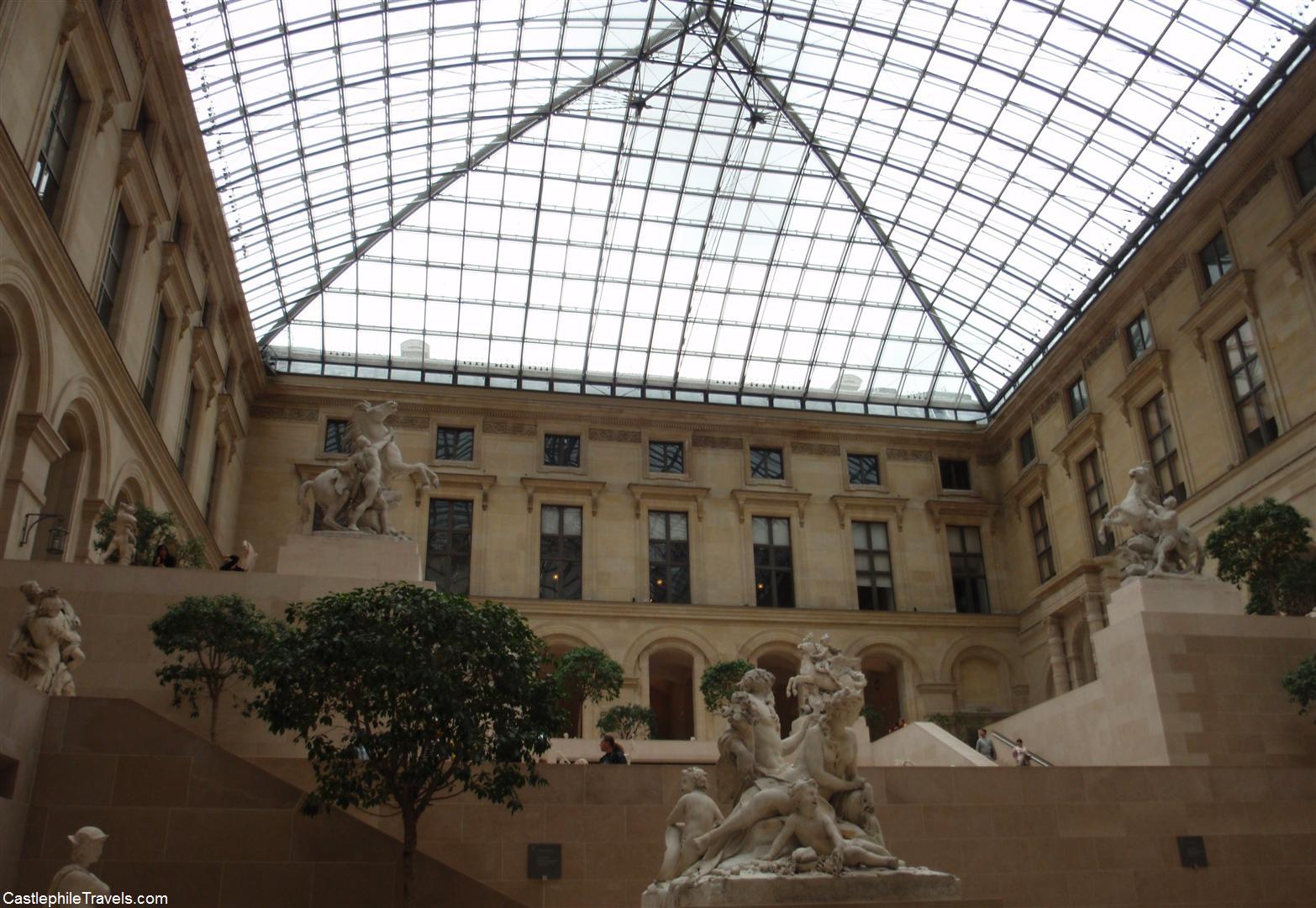
Heading in to the Richelieu wing, I felt like I’m finally seeing a different side to the Louvre. I found myself in the Cour Marly, its glass roof reminiscent of the lattice pattern on the Louvre’s pyramids. The sculptures in this room were originally commissioned by Louis XIV for the Château de Marly and seem brighter and more impressive than the sculptures I left behind in the Galerie Daru.
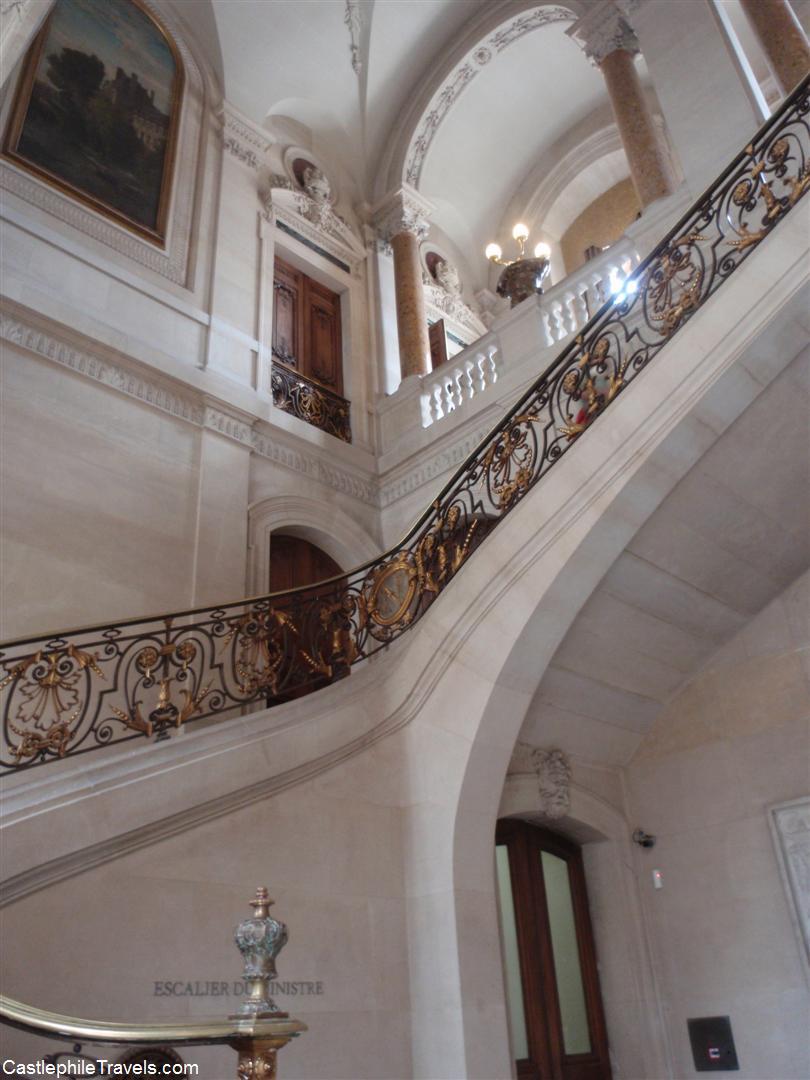
From the Cour Marly, I climbed the stairs up to the first level of the Richelieu wing, and found my target. I felt like I was no longer in the world’s most famous art gallery. Here was the Louvre’s palatial side.
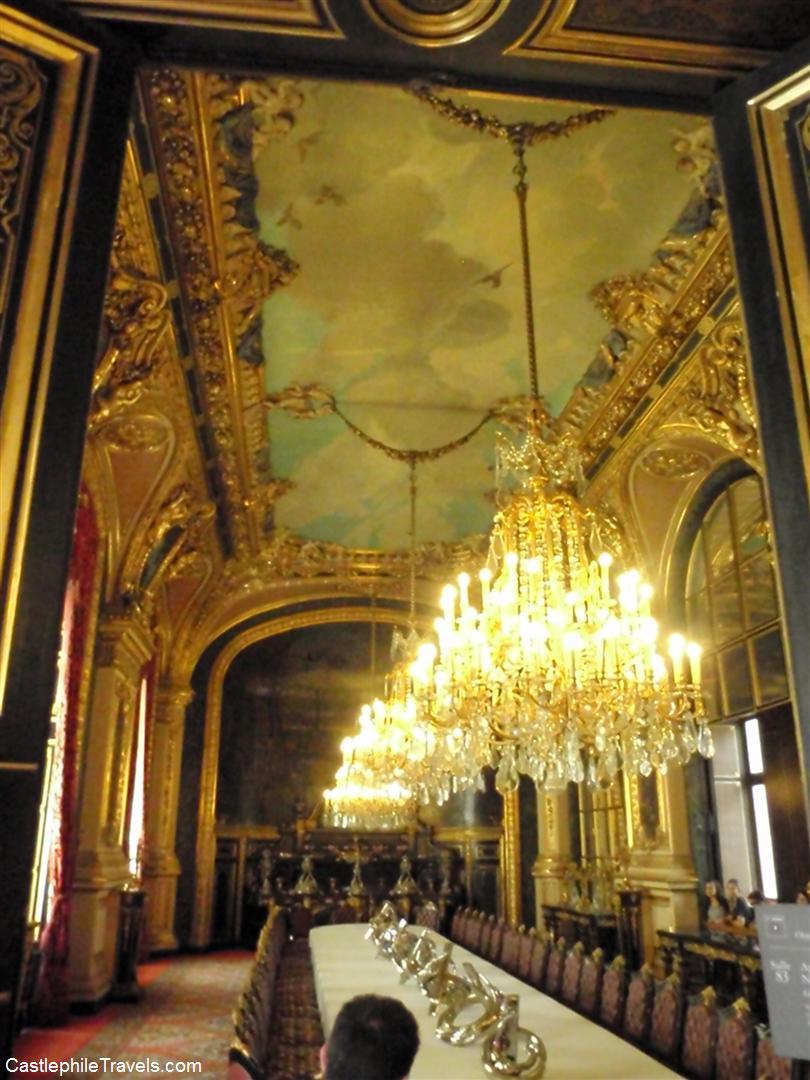
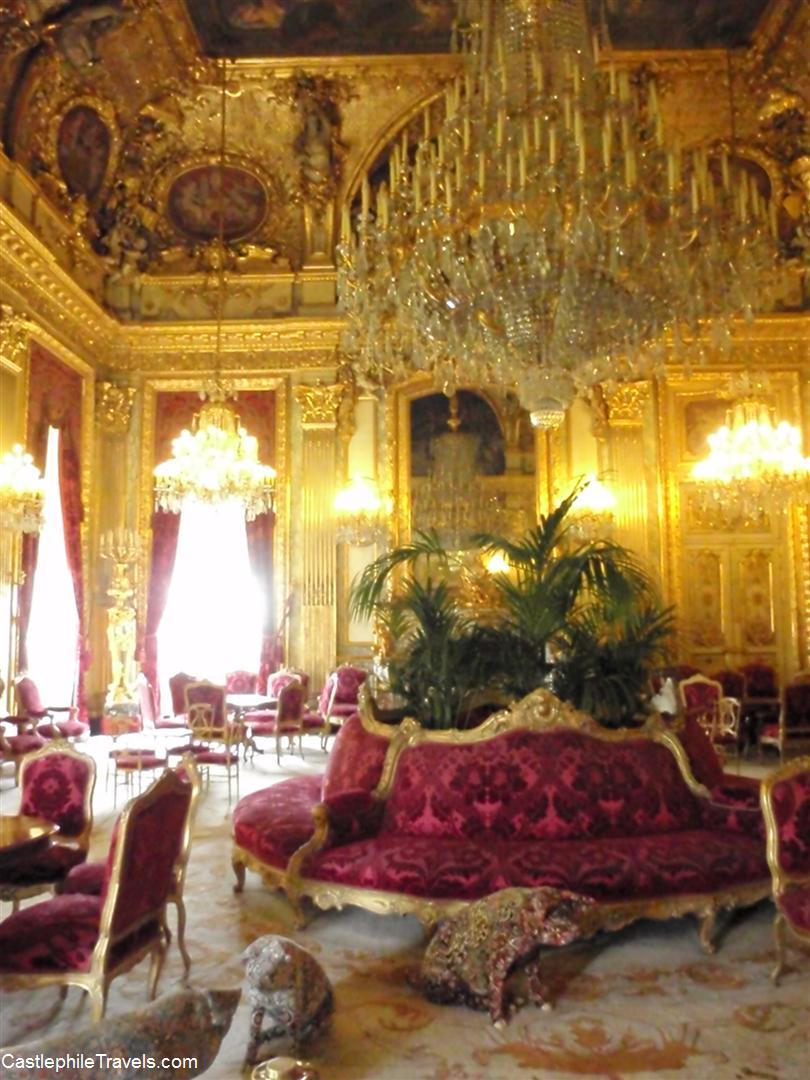
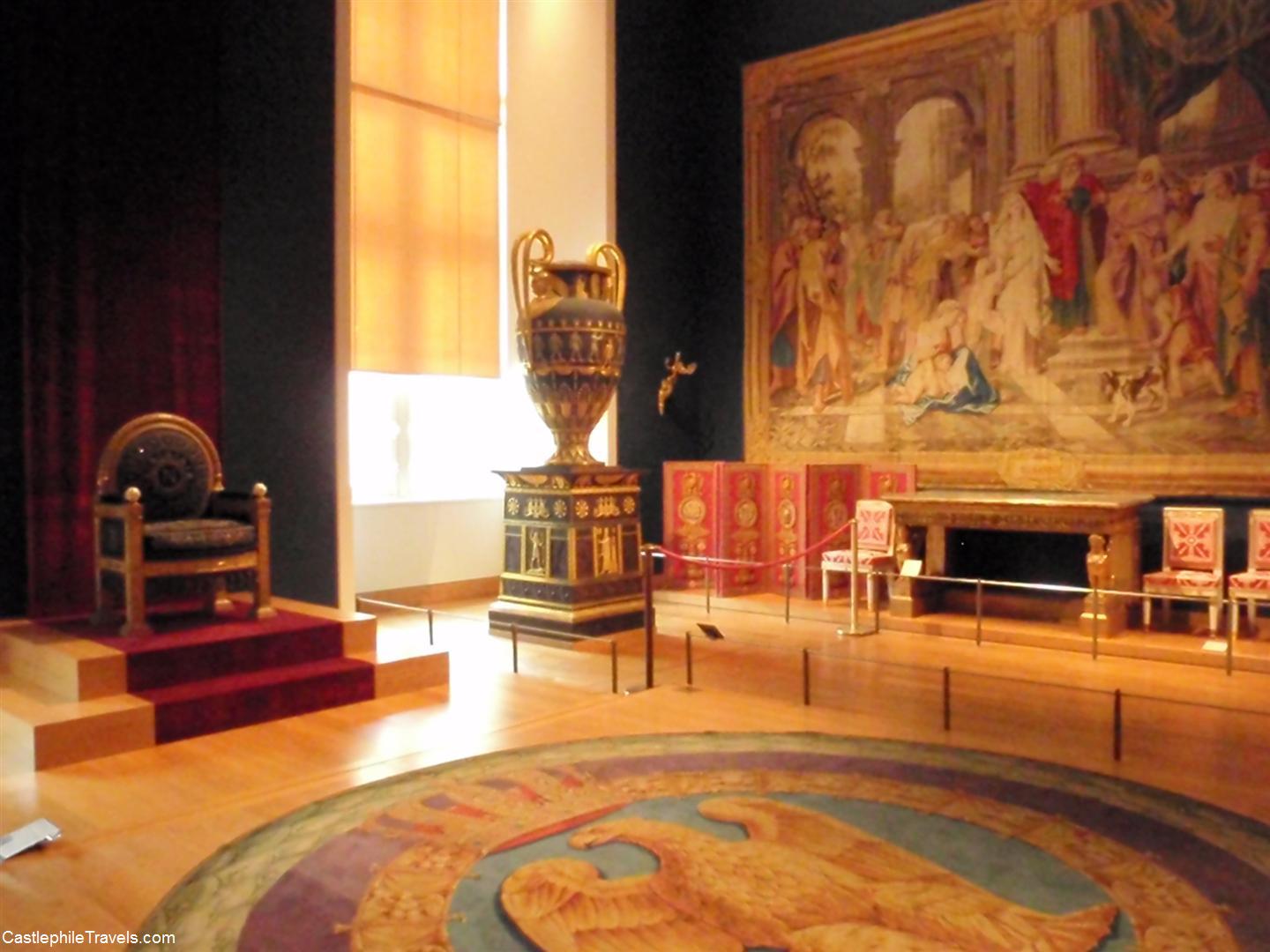
As I moved through each room, I couldn’t help wondering if when the French kings used the Louvre as their winter palace, whether every room on every floor in every wing of the Louvre was so richly decorated. If I thought the painted ceilings throughout the rest of the Louvre were stunning, they were even more magnificent in the apartments. The chandeliers in the Grand Salon were so large they almost dominated the room. It’s sad to think that the royalty who once lived here probably didn’t have the same feeling of awe at their surroundings as the people who visit the Louvre today experience.
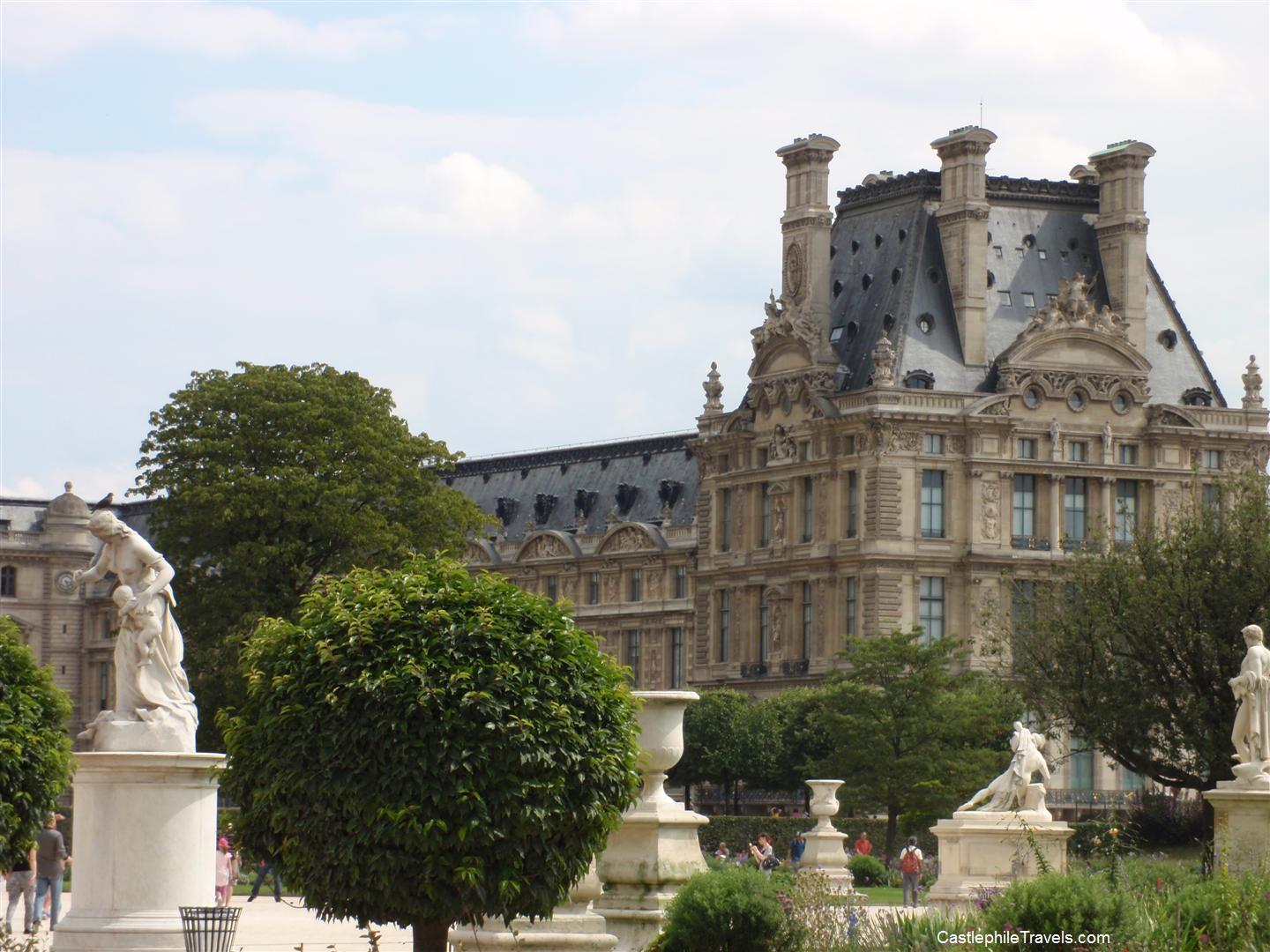
I left satisfied that I learned a little bit more about the Musée du Louvre. The next time I visit, I’ll know my way around, and will make sure to explore other exhibits in the Richelieu and Sully wings!
What was your experience of the Louvre? Share it in the comments!
- Long line to get in to the pyramids? That’s not the only way in to the Louvre. Try one of the other entrances, such as that of 99 rue de Rivoli (Carrousel du Louvre) which will take you straight in to the Louvre via the inverted pyramid.
- The Louvre is closed on Tuesdays, but keep an eye out for longer opening hours on Wednesdays and Fridays.
- Visit the official site of the Louvre for more information.

